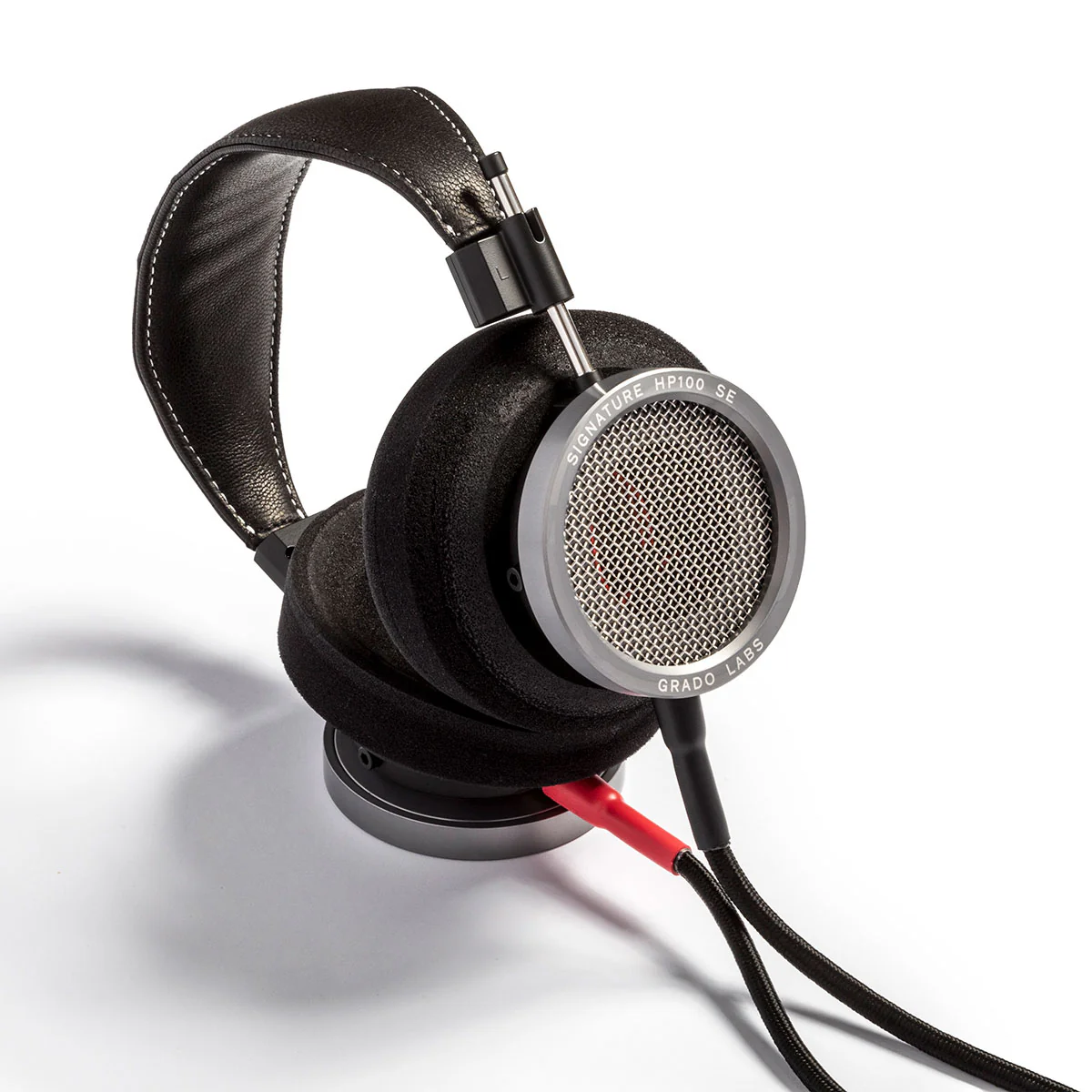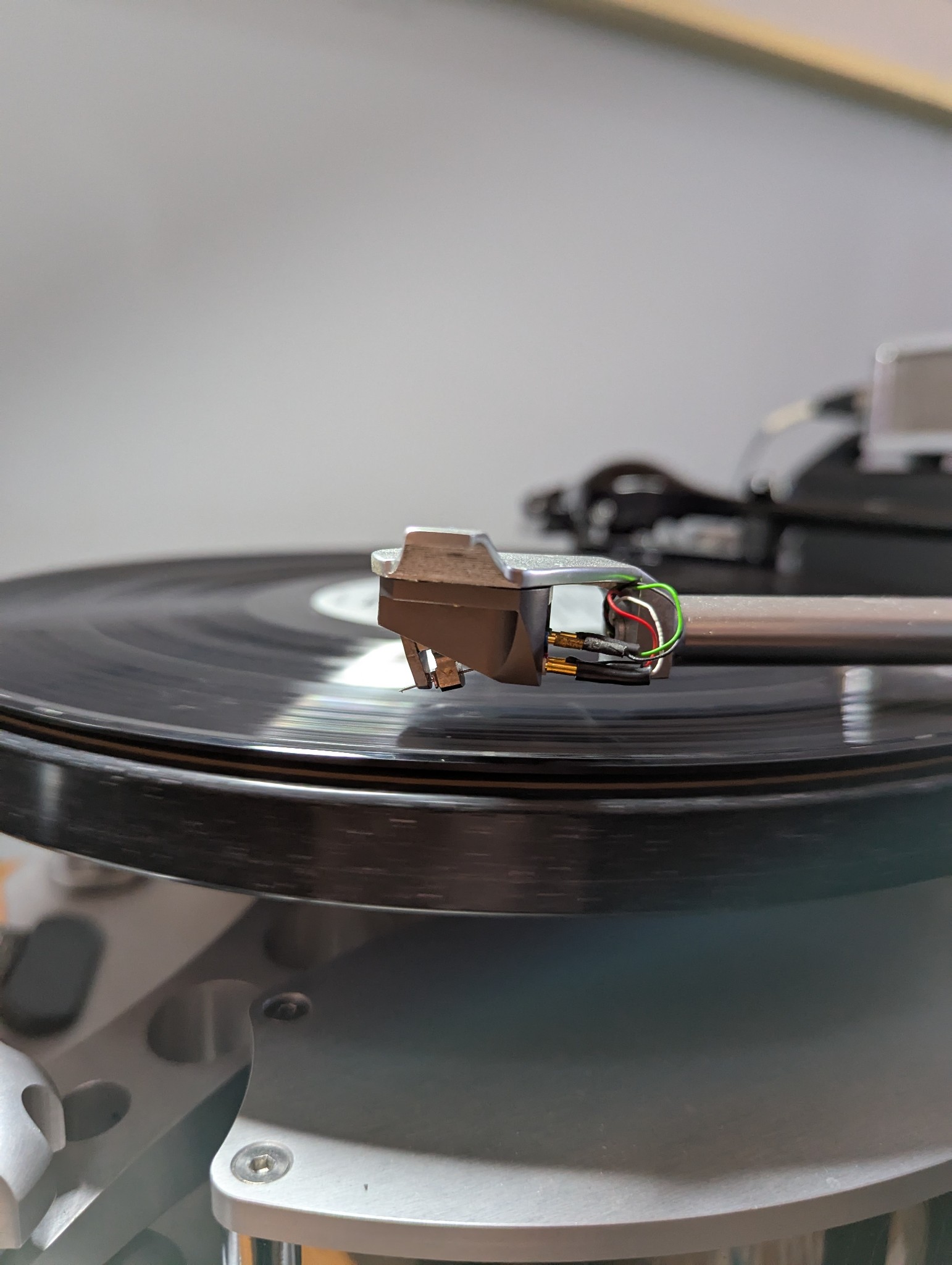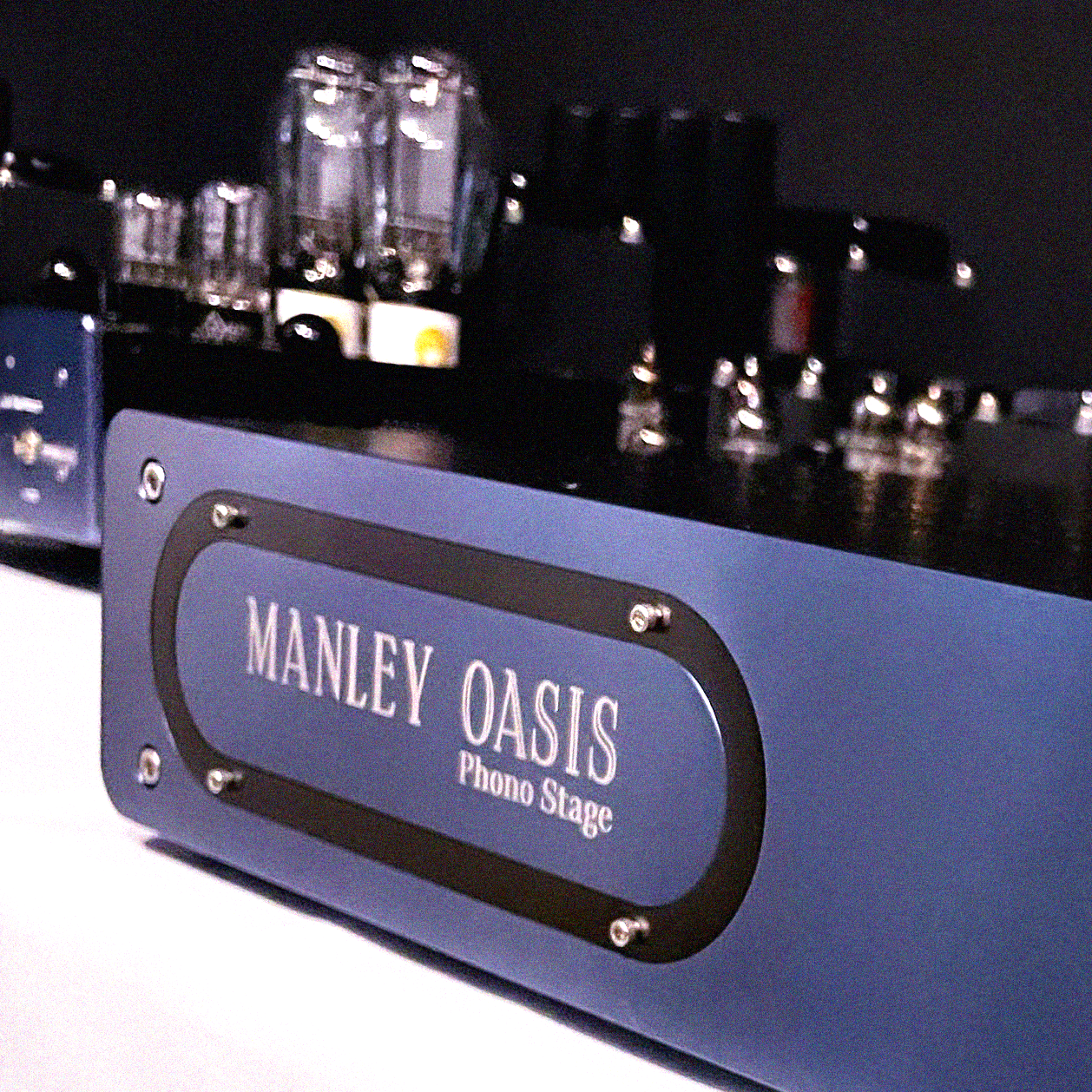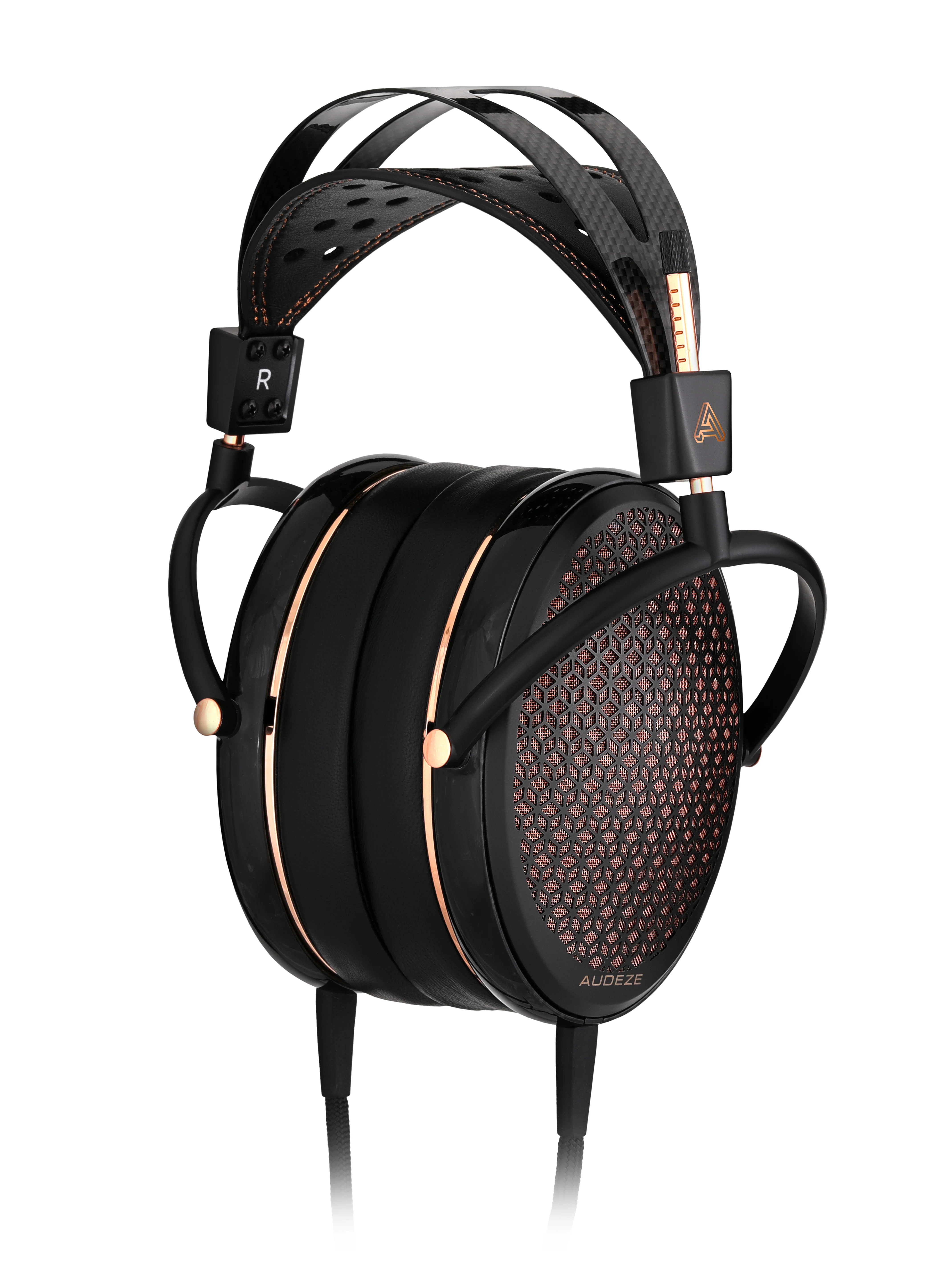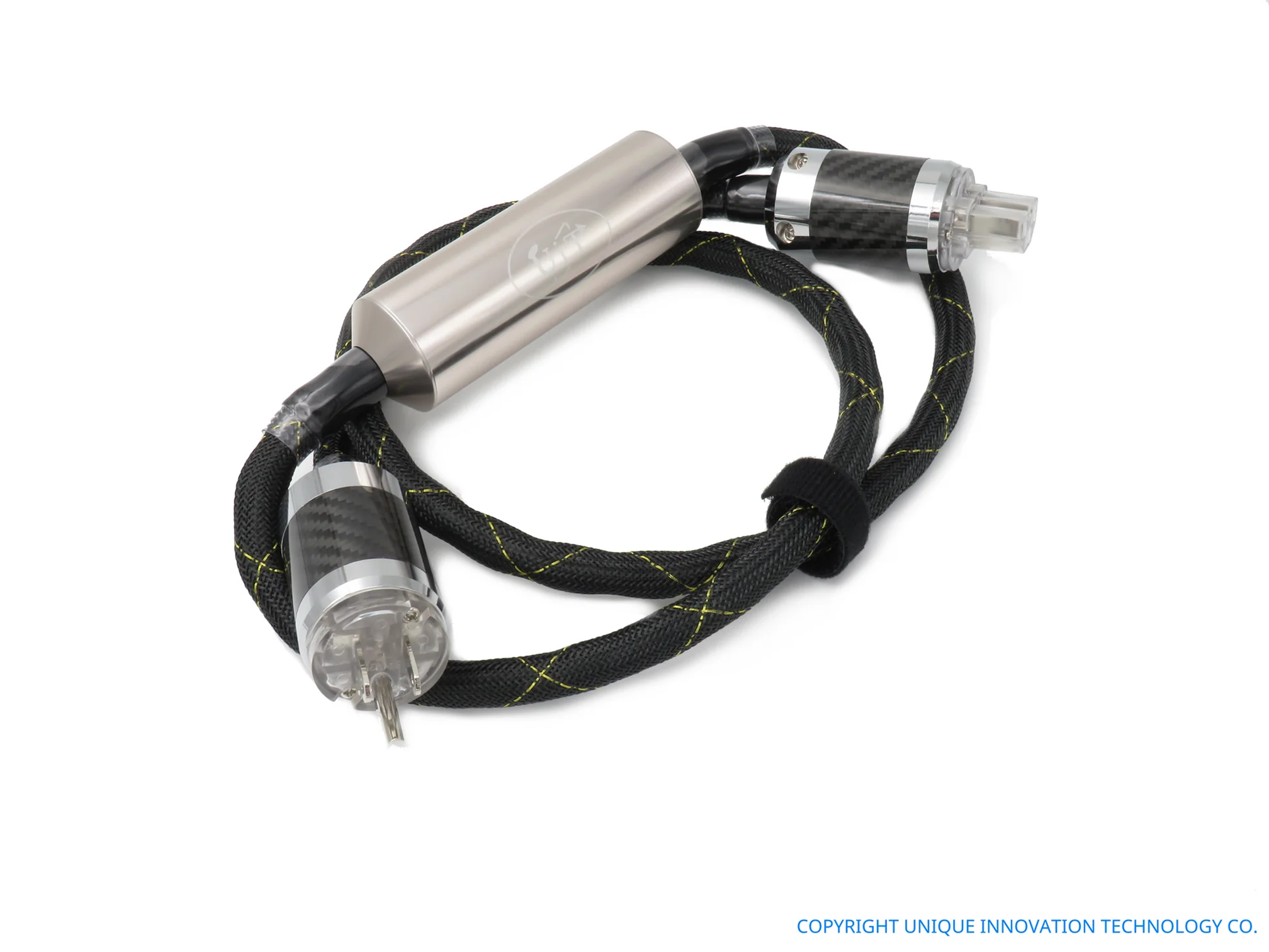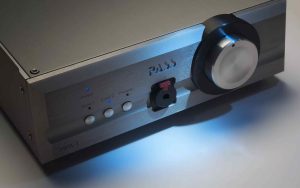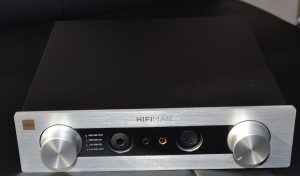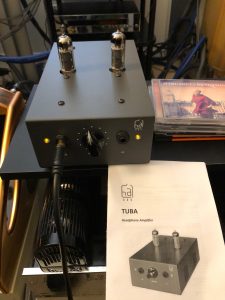
Bob Levi with the brand new McIntosh MHA200 Tubed Headphone Amp (all photographs courtesy of Bob Levi)
Once Upon A Time, in Binghamton, NY, a gathering of McIntosh engineers decided to produce an all-tube headphone amplifier without peer. They loved the sound of the Mc275 amplifier and its transformer circuit dating back to 1949, but it was just too big for compact headphone usage. So chief engineer Frank Gulliver, recently returned from his remote laboratory in Lilliput, proposed an elegant time-honored solution: an Mc275 that weighs only 10 pounds and fits in a space just 7 by 10...inches! And by McIntosh magic and Lilliputian creativity, the MHA200 Headphone Amplifier was born. The End.

McIntosh MHA200, front view, power off
I am not entirely sure this is entirely untrue. Oh, there is no Gulliver at McIntosh...
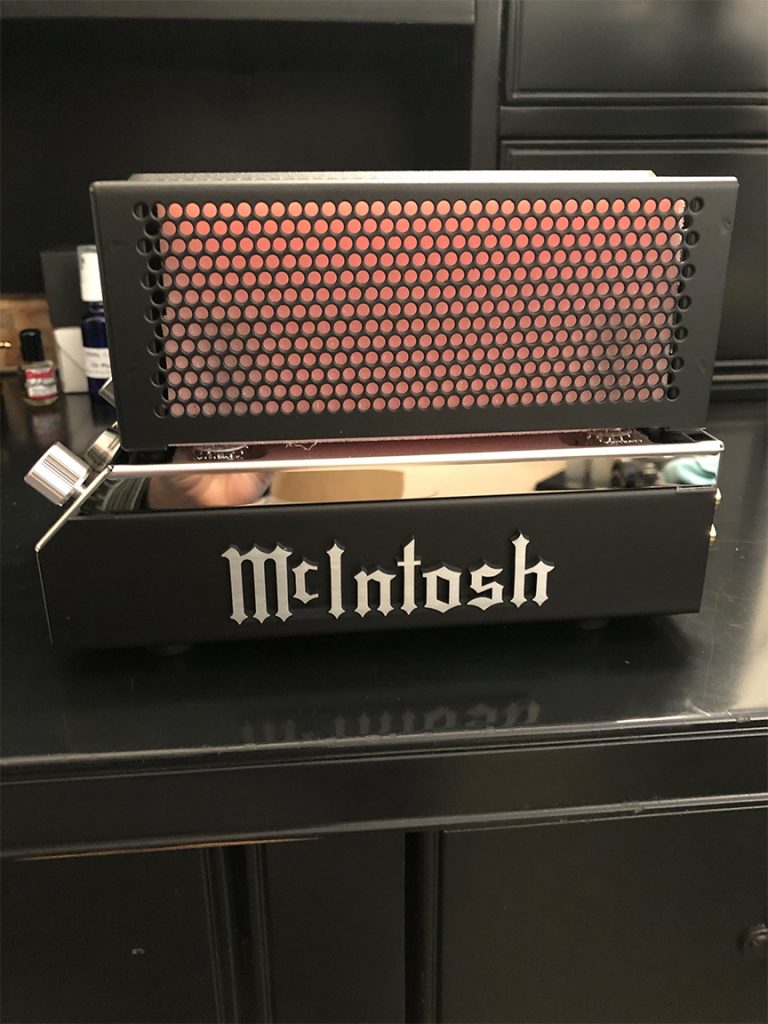
...but the MHA200 will be at home in any city anywhere audiophile perfection is required and textural musical reality is most important. As it sits, it is one superbly mellifluous and technical tour du force. It has one peer that is equally detailed and realistic, with a touch more textural definition in the musical images—but it costs 2.5 times the cost of the McIntosh, and does not have a balanced headphone output. These two are soooooo close sonically, I often forgot which unit I was auditioning. With seven headphone amps on hand, the McIntosh exceeded the best of the best in all ways price is no object, and closely competed with the vaunted all-tube HP4 Headphone Amp, designed by the recently-passed Tim de Paravicini. At $2500, the McIntosh is a stunning design to the eye and ear, and is overall a wonderful addition for the perfectionist who wants the very best performance at home or even in the studio.
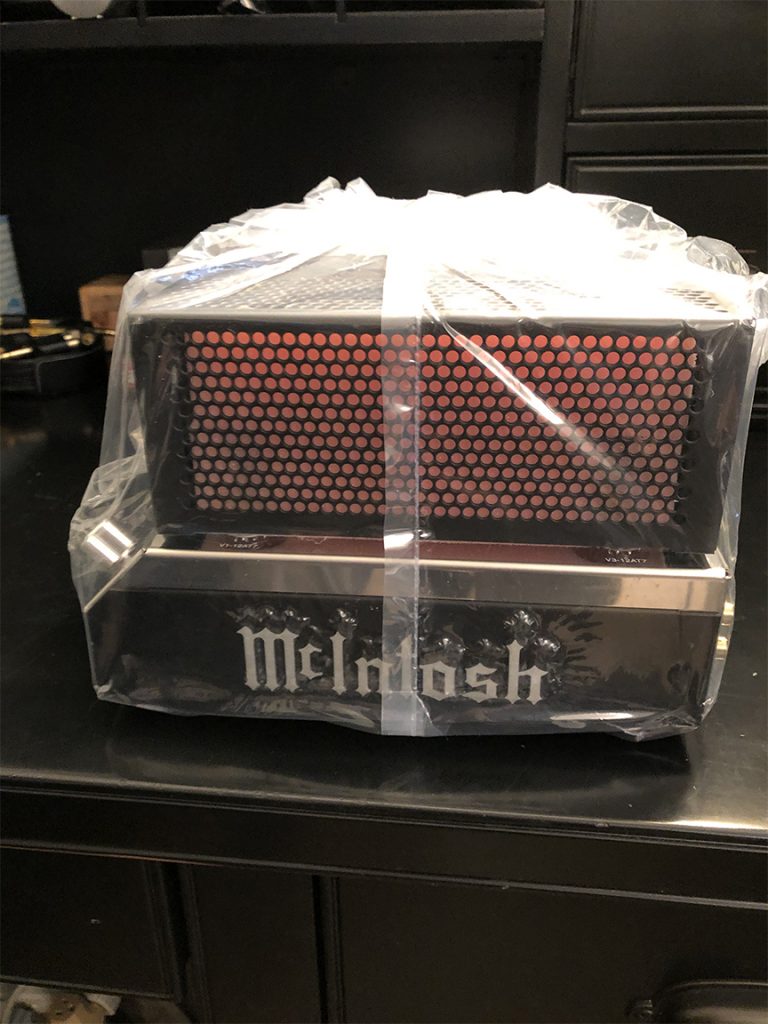
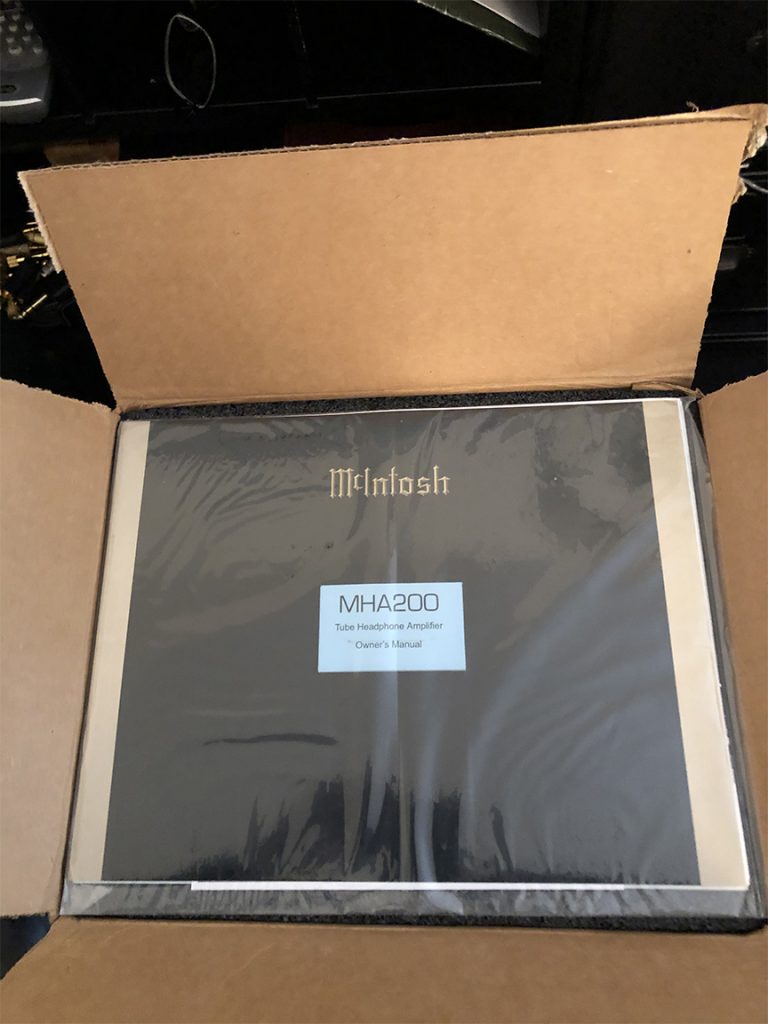
Neutral as a bullet and smooth as a baby's bottom, the unfailingly MHA200 took only about 24 hours of play to completely satisfy me that I was hearing an amazing headphone amplifier in all ways. Absolutely garbage in, garbage out, of course: Your source has to be first rate to have first-rate performance. With the 16 pairs of headphones that I have on hand here, not one failed to be maximized by the elegantly compact McIntosh.
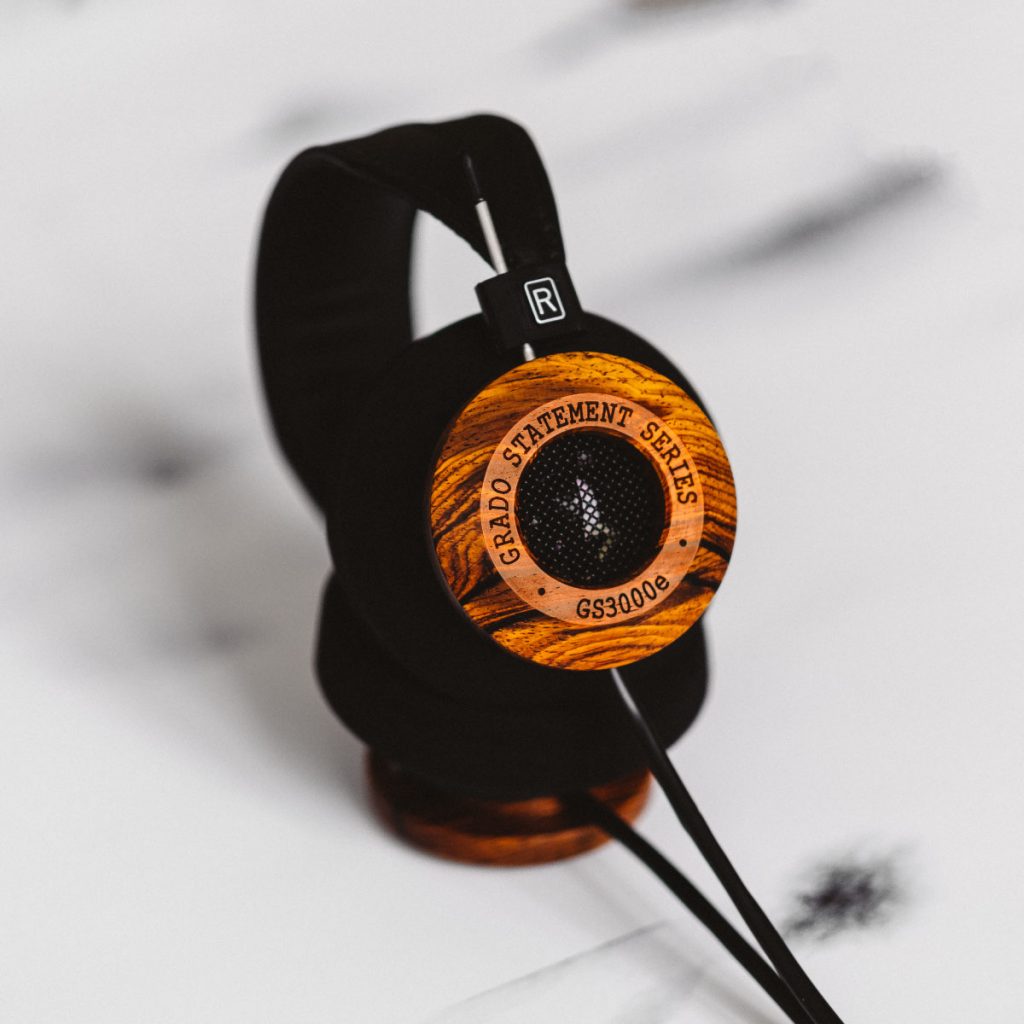
The Grado Labs GS 3000e headphones (image courtesy of Grado Labs)
My balanced Grado GS 3000e cocobolo wood headphones were precisely driven with utter precision and accuracy. The textures were consistently realistic, whether fed either digital or analog sources, and I have rarely heard them perform to their max like with the McIntosh. I was able to plug them into the balanced output while the Grado PS1000e was plugged into the 6.5 mm output with no degradation whatsoever with either pair. Being able to power two pairs of cans with ease is a very useful feature. Additionally, placing an adapter provided by Grado to enable the GS3000e to be plugged into a 6.5 mm output revealed not one whit of difference musically. That's quite an achievement in my book. I can recommend the MHA200 without reservation for balanced cans. Plus, if you are a Grado devotee, the McIntosh and Grado is a match made in heaven. I am a fan of the gorgeous cocobolo wood GS3000e in every way.
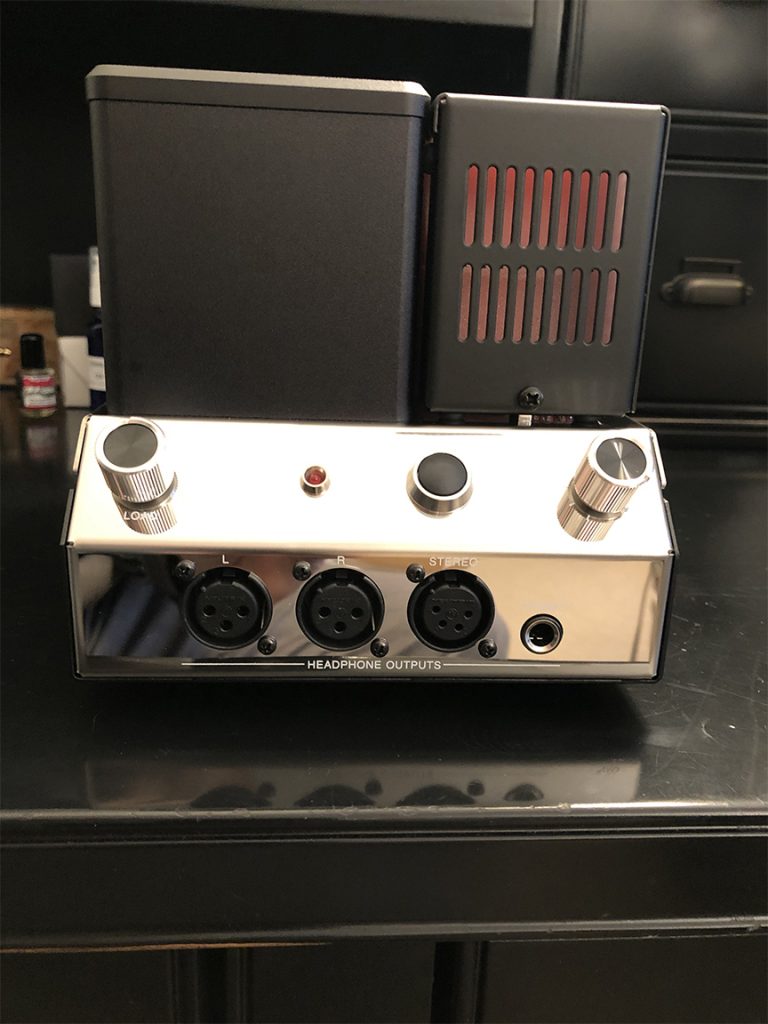
The McIntosh MHA200 front display
The convenient MHA200 impedance load switch with four logical selections is located across from the volume control and next to the power button. I selected 32 ohms for the Grado cans. This is perfect for the top of the line PS2000e state of the art headphones.

The Grado Labs PS2000e headphones (image courtesy of Grado Labs)
More efficient than most of the other models, they are more expensive than the McIntosh MHA200, and stunningly detailed and alive! A perfect pairing with the MHA200, vocals were utterly stunning and elegantly reproduced. The delicacy of the female voice was perfectly produced by the McIntosh. Deep bass was layered and textured. The highs were airy and ambient. Images were easily tracked and occupied their own spatial perspectives. Listening to the MHA200 was intended to be critical and observational, but always ended up being entertaining and fun. There were just no shortcomings with the MHA200 that interrupted the joy and flow of the music.
If there were, with these extremely detailed cans I would have clearly heard them.
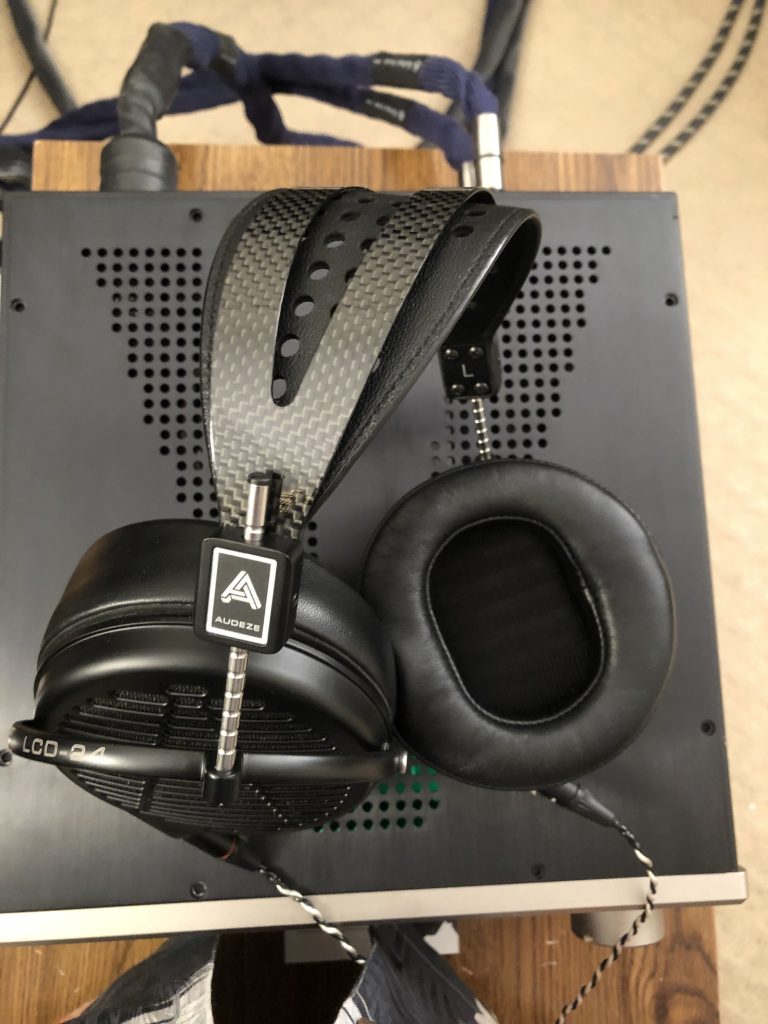
The Audeze LCD-24 headphones
The special order LCD24 from Audeze built by Dr. C, the inventor of planar headphones, are a bit inefficient, but presented no problem for the MHA200. It drove them exquisitely and accurately with no discernable artifacts. The MHA200 was a touch brighter than my E.A.R. HP-4 reference, though only slightly, and not enough to interfere in the presentation. As experienced as I am in comparing cans, these subtleties and are hard to detect, and just barely register as differences. I have heard nothing so far to be concerning. I am not sure I have said that about any other headphone amplifier, ever.
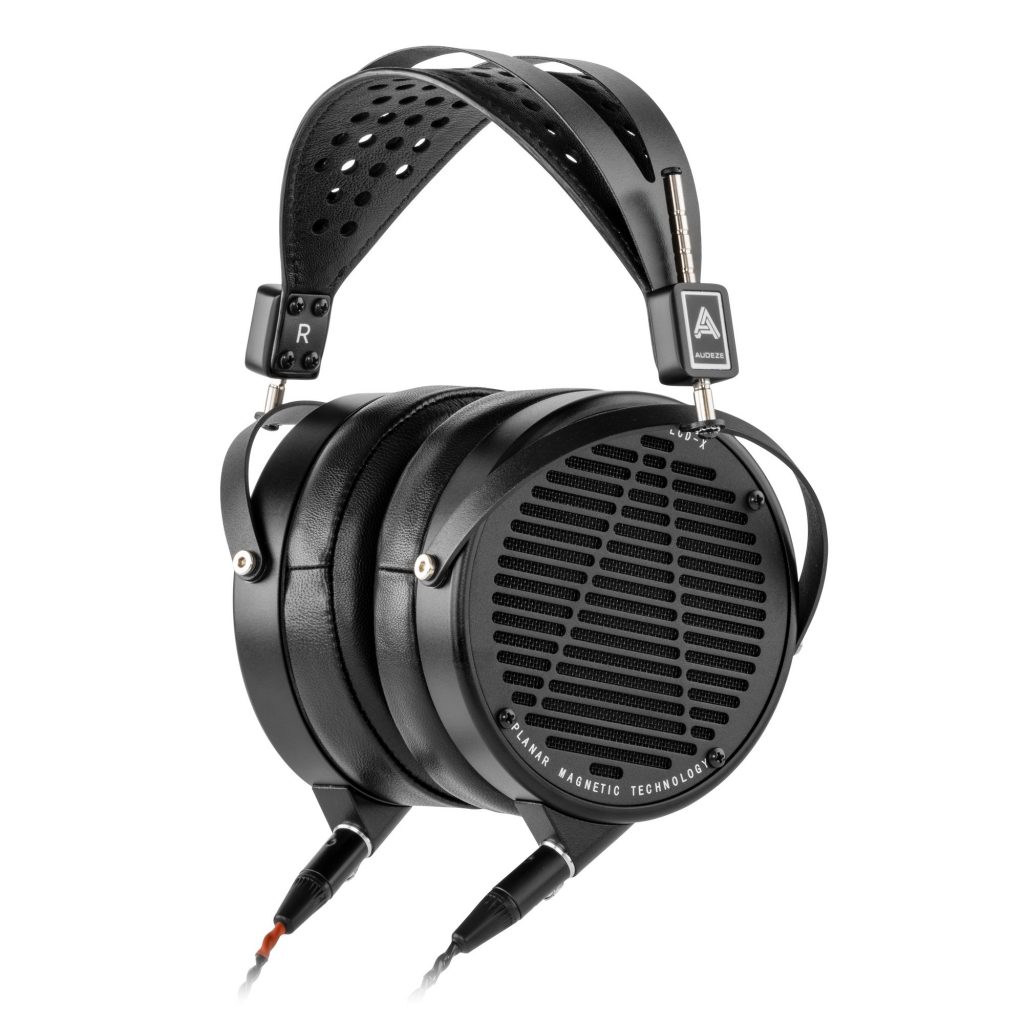
The Audeze LCD-X headphones (image courtesy of Audeze)
The Audeze cans are outstanding with the MHA200, and that includes the LCD-X. The MHA200 drove these inefficient cans powerfully and sweetly, producing extreme definition and musical colors. This is the best combination I have heard with these headphones, and for the hundreds of audiophiles who own these, I recommend the MHA200 unreservedly. You have not actually heard these cans until powered by the MHA200 with a great source.
I tried the balanced and single-ended inputs from my preamp, and found no differences in definition or musicality with any headphones. The legendary McIntosh transformers do the job in spades, reducing the hookup differences to a very slight volume change. I have no preference between the two inputs, and mostly used single-ended hookup with Kubala-Sosna Emotion Interconnect at $3500 per meter. For balanced operation I used the UITaudio.com balanced interconnect at $850 per meter, sold direct. I used an AudioQuest NRG 1.5 at $150 for the octal AC hookup to the MHA200 from my power conditioner. Note: do not hook up the balanced and single-end inputs at the same time or you will hurt the performance of the MHA200. You may hook up the OUTPUTS simultaneously, however.
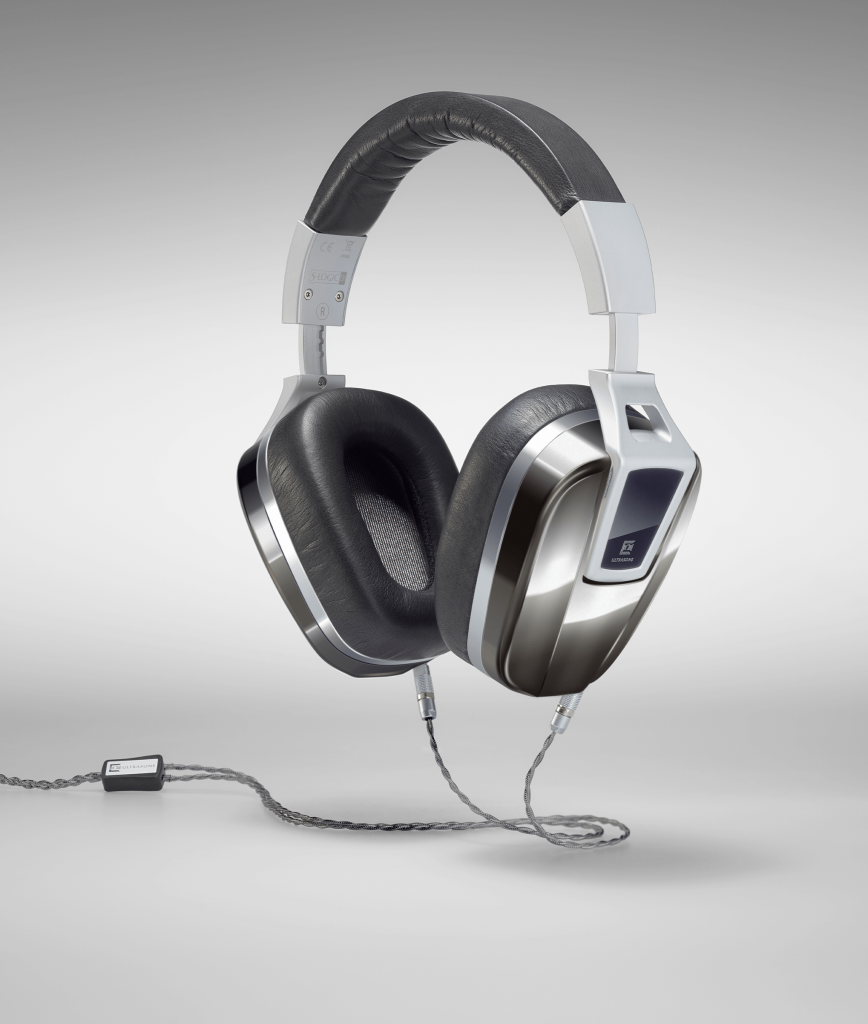
Ultrasone's Edition 8 EX headphones (image courtesy of Ultrasone)
The Ultrasone Edition 8 was right at home in the MHA200, as were the Beyers and Sennheisers. I spent more time with the Ultrasone as they are so very revealing and closed in. They are, in my opinion, the best closed-in cans around for noisy environments and studio applications. Both musical and precise, they require a top amplifier to really reveal their precision. I was solidly pleased by the way the MHA200 just maximized and powered these babies. The McIntosh produced the best bass I ever heard from these hard-to-drive cans. What an exceptional combination.
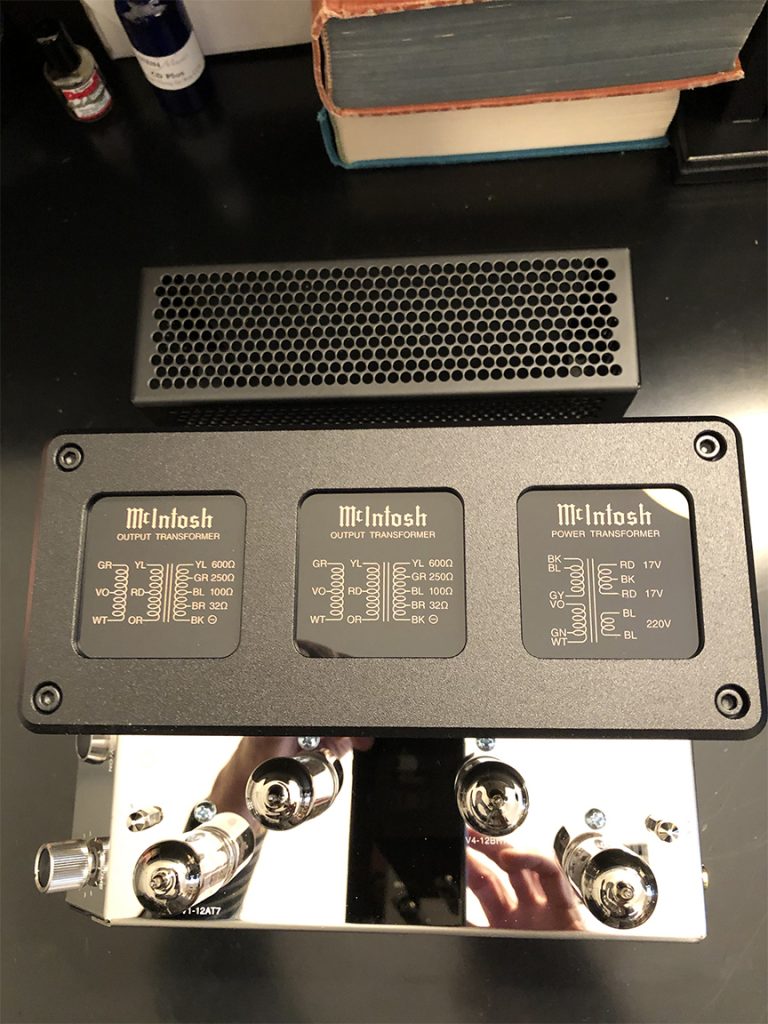
It is recommended to use the center detent position on the MHA200 volume control and hookup the headphone amp to your preamp output. For testing this was inconvenient for me, but certainly a cool feature for armchair enthusiasts. You can only effectively do this with a preamp using an extra pair of amplifier outputs. Typical components did not have enough output on their own to drive the MHA200 in the detent position. I heard zero sonic differences coming off a preamp, or using the MHA200 volume control. An incredibly good circuit with stunning transformers makes for consistently great musical performances.
Quibbles
I have two.
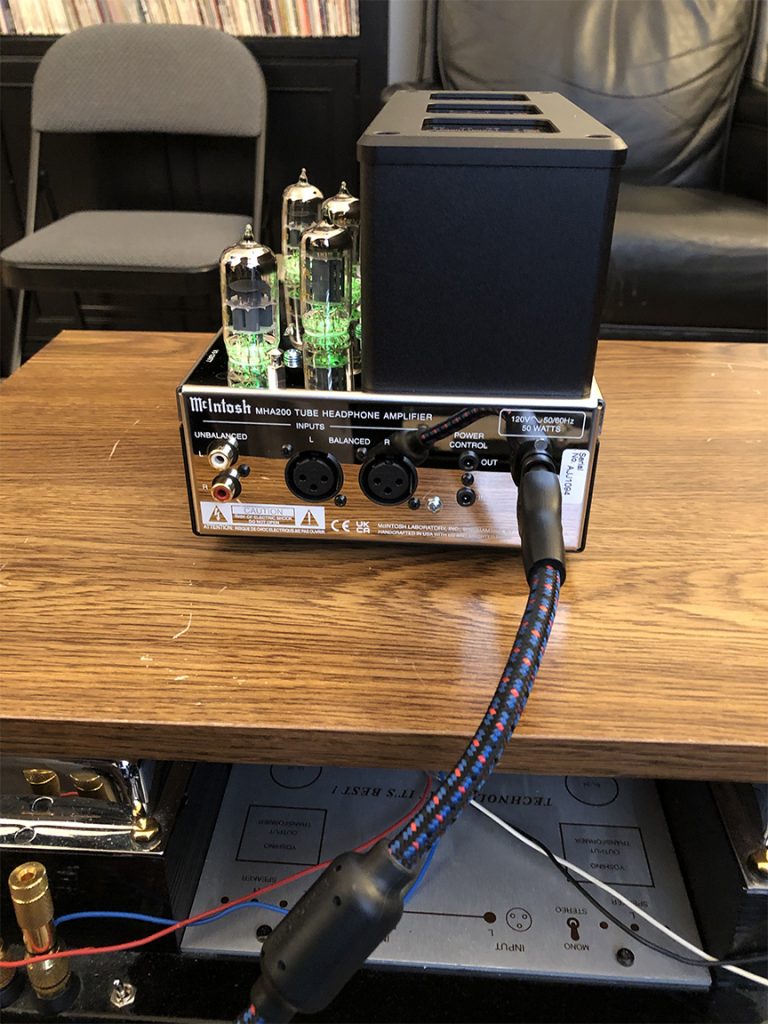
Rear view of the McIntosh MHA200, powered on; note the octal power input
An octal AC socket and not IEC for power? Really? Luckily I had a slightly upgraded AQ cable conversion sample on hand, but I generally utilize $1500+ power cords, which I keep in abundance. The superb transformers might somewhat alleviate the need for high quality AC, but octal? I did not try the cord on my electric shaver.

A clearer view of the octal power connector in the rear of the MHA200

The MHA200's front view, once again...
On my sample, the volume control is loose and wiggles in its chassis housing. It is also hard to use, as most cans needed a bit more power than unity gain and, the control has little flexibility for increased levels before it begins blasting. It has tons of flexibility for low-level listening with earbuds, I guess. It is also not lined up vertically with the lines printed on the faceplate.
Tube Rolling
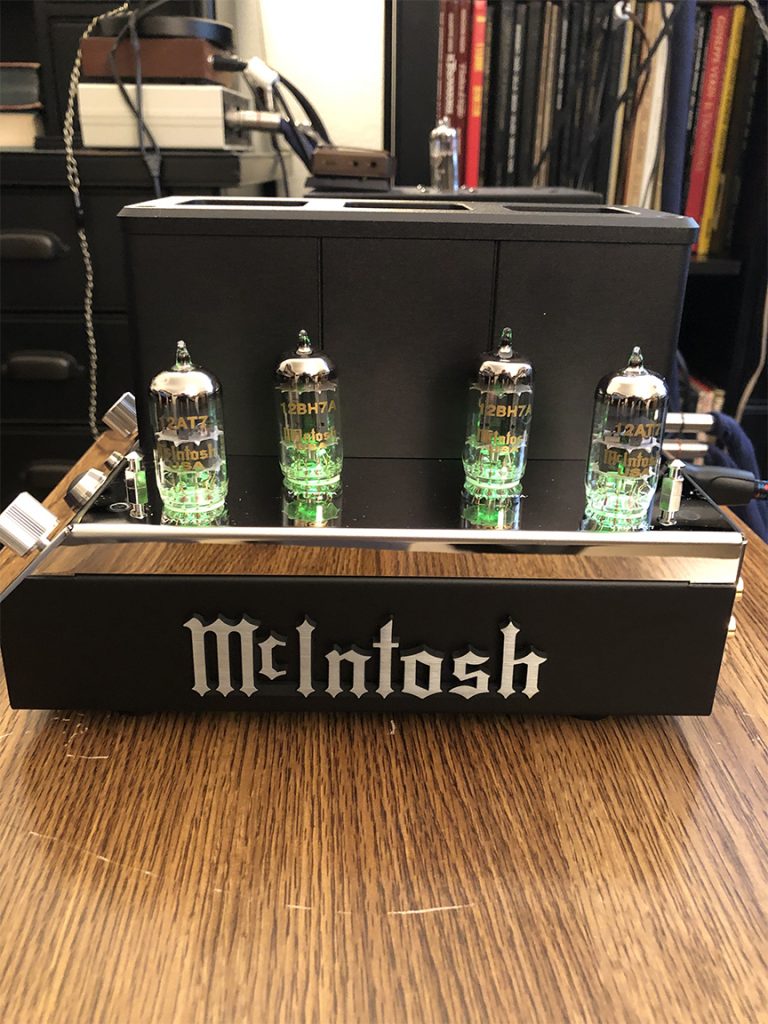
I am not easily satisfied, particularly when tube rolling is so very easy with the MHA200. The supplied tubes were excellent in this circuit, and rolling is NOT essential UNLESS you want the best headphone amplifier on the planet earth. You can have it! Ignore the 12BH7 tubes, and focus on the 12AT7's. These are inexpensive for the best NOS, and audibly improve the performance in musical ways. They are the input tubes and dual triodes. The MHA200 is run in Class A 100% of the time, push-pull with triodes. This yields low distortion and top performance even from current production tubes. With NOS, tubes 40 or 50 years old are built better, and are usually more musical and detailed.

I tried Ei 12AT7 tubes as a typical Euro tube, which is a copy of the Telefunken design. I heard an immediate improvement, small but obvious, in definition, with deeper musical colors. This is a $30 tube and easy to find. I have a pair of matched low noise samples. With the addition of these tubes, and likely Bugle Boys, Tele's, and others, you will close the fine gap between the MHA200 and my reference or any contender I know of.
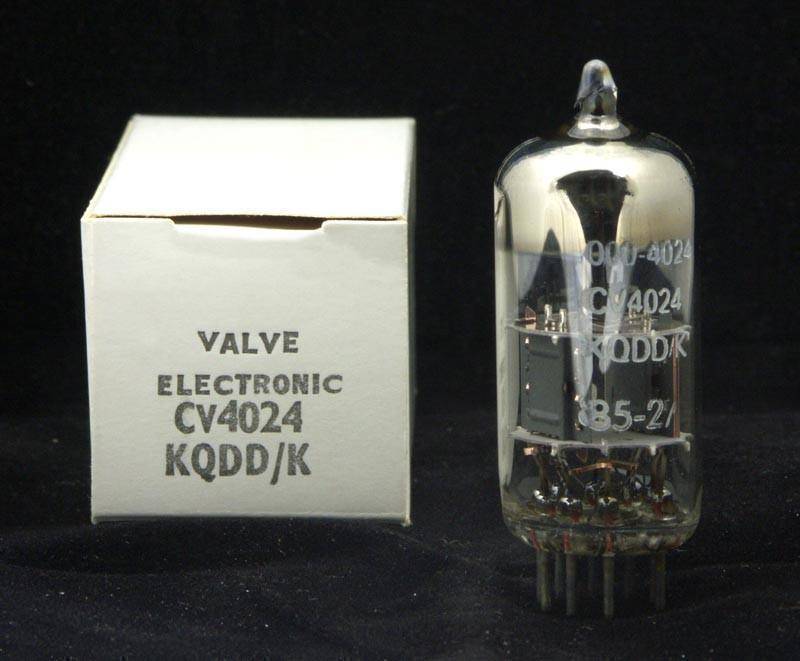
Mullard 12AT7/CV4024 NOS tube (image courtesy of Kevin Deal/Upscale Audio)
Now for the ultimate. Replace the supplied tubes with Mullard 12AT7/CV4024, still only $50 each for the best samples. Yikes! You need search no further or roll no more. I could not tell the difference any longer between the MHA200 and my $6000 reference headphone amplifiers. Absolutely zero. Not with any of my reference cans. Of course, please be sure to turn off the amp before changing tubes and let them cool down, or use gloves like I do. With this remarkable MHA200 design and a pair of Mullards, you will achieve nirvana in personal listening. If you choose not to roll, the McIntosh is excellent as is.
Summary
I did not go into specifications, featuring ultra low noise and no distortion of course—remember, this is McIntosh! The McIntosh MHA200 Tube Headphone Amplifier is a contender for the best tube headphone amp manufactured to date, and easily outperforms more complex and unnecessarily feature-encumbered designs loaded with unnecessary additional tubes, or god forbid, solid state. At $2500, this is an amazing bargain in the expensive audiophile market, and a sonic wonder. It has ZERO musical flaws to report and is nearly perfect in execution.
I am flabbergasted and dumbfounded...McIntosh has done it again. They now own the headphone amplifier market. Congratulations McIntosh on the MHA200, a design that is most highly recommended by me!
Special thanks to Jason Lord and The Source AV in Torrance for the review sample.
McIntosh MHA200 Headphone Amp
Retail: $2500
MacIntosh Labs
2 Chambers Street
Binghamton, NY 13903





